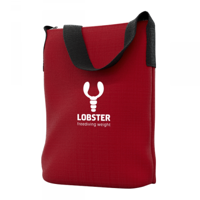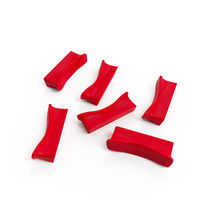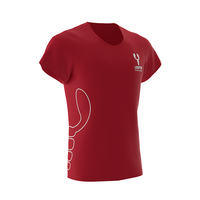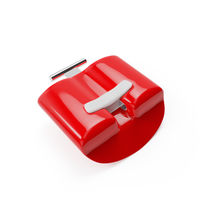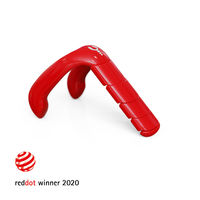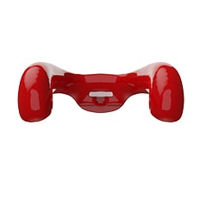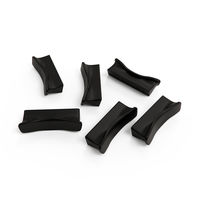Relaxation is the most fundamental part of freediving. You can train every day, practice Frenzel or Mouthfill on land as much as you want, have the best equipment, and know all of the theory there is, but on an actual dive, the only factor that will put all of these things together and make them work for you is feeling relaxed on your dives. Relaxation is key to a good freefall, effective equalization, prevention against squeezes (barotraumas), keeping carbon dioxide levels from rising too quickly, and conserving your precious oxygen levels. Relaxation during the relaxation phase before a dive (also called the breathe-up) and during static performances can be achieved in many ways, and each person has something that works for them. Here are a few suggestions of things to try if you have not perfected the art of relaxation before your dives.
Belly Breathing
Belly breathing is different from chest breathing. When you breathe, you may notice your chest rising and falling, but when you breathe with your belly, only your belly moves, with no movement in the chest. As you inhale, your belly is pushed out, and pulls in when you exhale. This is also known as diaphragmatic breathing, which is more relaxing, lowers your heart rate and blood pressure, and slows your rate of breathing, thereby expending less energy. We do not want to get too caught up in worrying about belly breathing for the entire breathe-up though; just focus on it for 10-30 seconds before your dives until it becomes natural. Do not spend the entire breathe-up worrying about whether you are truly belly-breathing or not, as this is not relaxing and is counterintuitive. If it is not working for you, practice it in the dry until it becomes muscle memory.
Body Scan
The key to the body scan is to bring awareness to all the parts of your body and focus on relaxing them individually. I like to imagine a warm, white, pulsing ball of light that is traveling through the body. It starts from your toes and works its way up (or vice versa from head-down), and every muscle, every joint you visualize and feel the ball of light passing through, try to focus on fully relaxing it and leaving it loose. If you find it difficult to turn your mind off completely (as many of us do), bringing focus to something specific can really help occupy your mind, and focusing specifically on relaxing your muscles can help you calm both your mind and body. This is something you can do during your breathe-up, or even during a static apnea performance.
Visualization
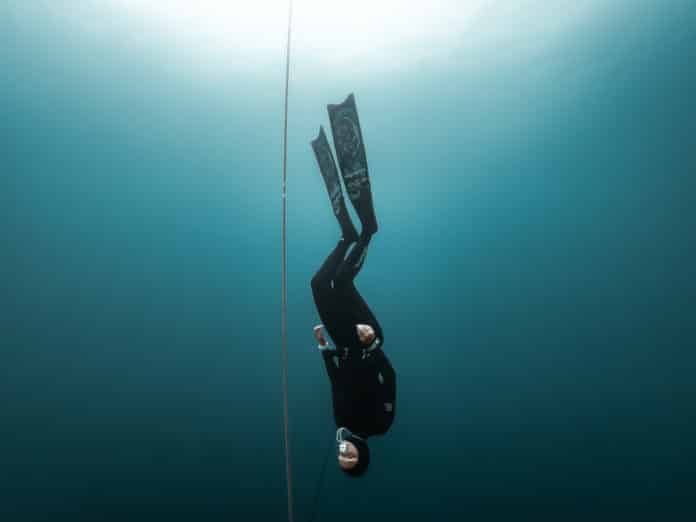
Visualization is technically an advanced technique, but you can already start using it on your own dives. It is an excellent technique to use during your breathe-up, but can also be used in bed before you fall asleep or as part of your meditation practice in the dry. Start by visualizing yourself during your breathe-up in the water. Watch yourself as if you are watching a movie or visualize it from your own perspective. Focus on a perfect final breath, a smooth duck dive, and the gradual change of buoyancy and strength of kicks, pulls, or arm strokes. Visualize smooth equalization and the perfect freefall position. Feel the change in pressure, the negative buoyancy, and then a perfect turn at the bottom. Imagine a perfect ascent, not rushed or hurried, and the change of strength in movement as you approach positive buoyancy, and then strong recovery breathing and good surface protocol.
The key thing to do during this visualization is incorporate the things you struggle with in great detail: if you have trouble equalizing after 30m (98ft), you could visualize the issue and then what you would do to fix it, such as relaxing your belly. If streamlined freefall is a problem for you, visualize yourself resolving it by adjusting your body. Visualizing the dives beforehand can be calming, trick your mind into thinking you have done the dive already successfully (and multiple times), and make your dives and movements more automated so that you can focus on other things throughout your dive, such as staying relaxed. Over time, your visualizations should become more automated and develop with progress, focusing more on new problem areas and less on small points like the duck dive.
Other Techniques
How people relax can be a very individual thing; if none of the above helps you feel relaxed, keep trying other things until you land on something that really clicks for you. It took me almost a year to find my special relaxation technique, which is to close my eyes and let my arms and legs float freely in the water, focusing on that feeling of letting go of control over my body. I almost imagine myself as a piece of spaghetti in boiling water, just letting my body move where the water wants it to move. Once I feel like I am about to fall asleep or forget that I am in the water, I know that I am ready to take my final breath and begin my dive. Other people might imagine themselves in a relaxing place, or play a bit of music that they like in their heads. Do not be shy to bring out a neck pillow or a pool noodle to help support your body at the surface if that is what helps you, just look at top athletes in competitions! The most important thing is to find what works for you specifically and incorporate it in all of your dives.
(c) www.deeperblue.com
